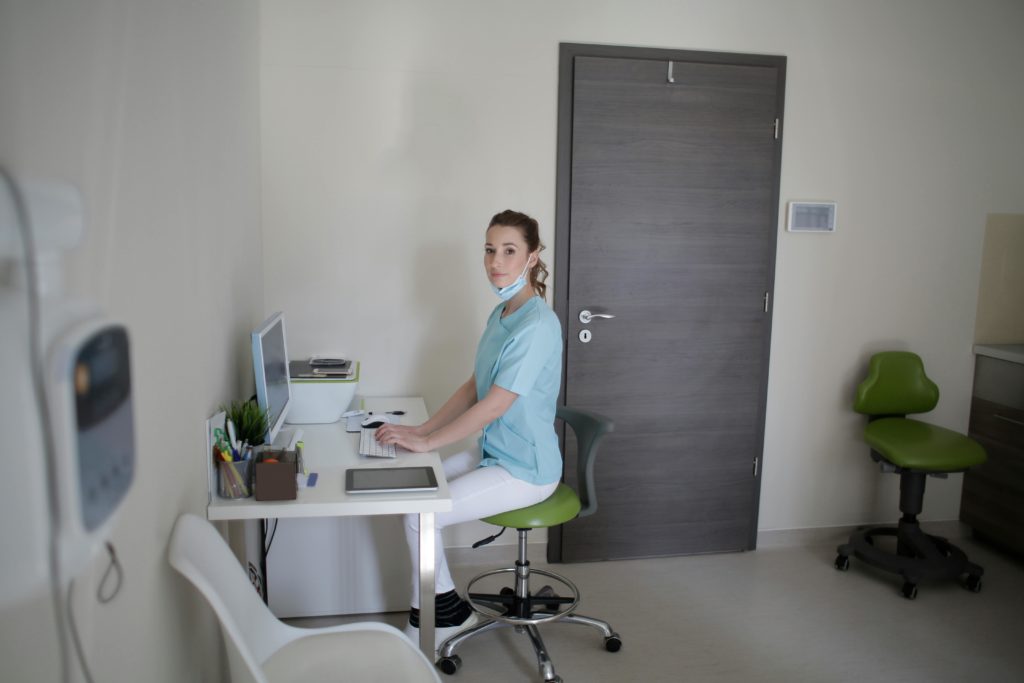In the fast-paced world of healthcare, efficiently managing staff is critical to both patient care and operational success. Healthcare staffing software provides hospitals and clinics with the technological edge needed to address the complexities of scheduling and staff management. As a healthcare professional, whether you are a nurse or physician, the right software can help ensure that adequate staffing levels are maintained, which is essential for delivering quality care and meeting patient needs seamlessly.

Adequate staffing is fundamental to a healthcare facility’s ability not only to meet demand but also to maintain a safe patient-to-staff ratio and reduce burnout among healthcare workers. Software solutions are designed to handle the fluctuating nature of healthcare services, adapting to changing patient volumes and streamlining shift assignments. With a smart staffing system, your hospital or clinic can automate many of the time-consuming tasks associated with staff management, freeing you to focus more on patient care.
Implementing an effective staffing solution is not merely about filling shifts, but optimizing the entire workforce. These solutions offer advanced analytics that aid in making data-driven decisions, helping your facility to increase efficiency and cut unnecessary costs. By leveraging such software, you can align staffing levels closely with patient needs, enhancing overall satisfaction and enabling your healthcare team to deliver the best possible care.
Challenges in Healthcare Staffing
Healthcare staffing presents a complex array of challenges, from the persistent nursing shortage to rising operational costs. Your understanding of these issues is crucial to appreciating why modern software solutions are not just beneficial but necessary.
Understanding the Nursing Shortage and Staffing Gaps
The healthcare industry is experiencing a significant nursing shortage, which creates staffing gaps in many healthcare facilities. Multiple factors contribute to this issue, such as an aging population requiring more care and a lack of qualified nursing faculty to educate new professionals. Often, you may find that these gaps lead to an increased workload for existing staff, which can affect the standards of care and patient outcomes.
The High Cost of Traditional Staffing Models
Traditional staffing models are economically straining as they often involve higher costs associated with overtime, reliance on staffing agencies, and hiring temporary or traveling nurses. These solutions can be financially unsustainable in the long run and do not effectively resolve the underlying staffing gaps. Modern software solutions can help optimize staffing by predicting patient influxes and streamlining roster management.
Addressing Healthcare Provider Burnout and Turnover
Burnout among healthcare providers is closely linked to staffing issues. When nurses and other staff are overworked, it affects their well-being and job satisfaction, leading to high turnover rates. Effective retention strategies are essential, and software staffing solutions can alleviate some of the pressures by ensuring balanced workloads and supporting a healthier work environment. By doing so, they can contribute to improving both staff retention and patient care.

Benefits of a Software Staffing Solution
Adopting a software staffing solution in your healthcare facility can transform your operations by making the recruitment process more efficient, optimizing scheduling through a user-friendly interface, and ultimately reducing both administrative and labor costs.
Streamlining the Recruitment Process
Recruitment Process: You’ll find that the right software staffing solution sharpens the focus of your recruitment efforts. By automating job postings and applicant tracking, you ensure no potential candidate slips through the cracks. The inclusion of enhanced healthcare personnel rostering features also means faster matching of candidates’ skills to job requirements, accelerating the time-to-hire.
Enhancing Scheduling with User-Friendly Interface
User-Friendly Interface: Scheduling that once took hours to coordinate can now be managed in minutes. A software staffing solution offers you a user-friendly schedulling interface designed for healthcare environments that simplifies the creation and distribution of rosters. The system’s intuitive nature means even staff unfamiliar with rostering software can quickly adapt and operate it efficiently, aligning workforce management with patient needs seamlessly.
Reducing Administrative and Labor Costs
Cost Savings:
- Administrative Costs: Shifting to a digital system cuts down on the time your admin staff spends on scheduling, compliance monitoring, and record keeping. This reduction in man-hours translates directly into cost savings.
- Labor Costs: By enabling precise demand forecasting and improved staff utilization, the software reduces the need for overtime and reliance on agency staff. Moreover, by minimizing overstaffing, the system helps in cutting down unnecessary labor expenses.
Using this technology not only streamlines your internal processes but also has a tangible impact on your bottom line, proving itself an indispensable tool in modern healthcare facilities.
Innovations in Healthcare Staffing Tech
Innovative technologies in healthcare staffing are transforming how you manage human resources, offering effective solutions to meet the demands of modern healthcare.
Leveraging Mobile Apps for On-Demand Staffing
You can now manage healthcare staffing more efficiently through mobile apps designed for on-demand staffing solutions. These platforms allow you to rapidly connect with available staff members, fill gaps due to sudden absences, and address patient care needs promptly. An example is software that facilitates shared decision-making and real-time updates, enhancing the flexibility and responsiveness of your workforce management.
Applying Analytics and Machine Learning for Better Outcomes
Analytics and reporting play a critical role in healthcare staffing by providing insights into workforce trends, patient care needs, and overall operational efficiency. Through the use of machine learning, your systems can predict staffing needs and allocate resources optimally. This ensures that patient care doesn’t suffer due to staffing shortages and helps maintain a balance in workloads.
Ensuring Compliance and Data Protection
Maintaining compliance and protecting sensitive data is non-negotiable in the healthcare industry. With the right technology, you can ensure that all staff records are managed in compliance with healthcare regulations. Data protection measures are built into these innovative staffing solutions, safeguarding personal and professional information while allowing for necessary access and updating of notes and records through secure mobile apps.
Integrating Software Solutions with Existing Systems
As you seek to modernize your healthcare facility’s operations, integrating software staffing solutions with your current hospital information systems is a critical step. These solutions should not only align with the technological framework you already have in place but also evolve with your service delivery needs.
Compatibility with Hospital Information Systems
Your healthcare software staffing solution must integrate seamlessly with your existing hospital information systems. This means the software should easily communicate with your Electronic Health Records (EHR), billing, scheduling, and patient management systems. For example, when new staff is added, their credentials and availability should sync to the EHR without manual data entry. For an efficient workflow, select a technology platform that can interact with databases and software already in use, reducing the risk of errors and data redundancy.
Scalability and Flexibility for Varied Healthcare Settings
One size doesn’t fit all in healthcare. Your chosen solution should offer scalable and flexible features to accommodate various healthcare settings, from small clinics to large hospitals. Whether your staffing needs fluctuate seasonally or due to unforeseen events like pandemics, your medical staffing software ought to adapt swiftly. This includes providing flexible work options to staff—such as part-time or telemedicine roles—that sync with the system, ensuring that shift schedules reflect real-time staffing capacities and needs.
Impacting Patient Care and Safety

When you integrate a robust software staffing solution in healthcare, you address critical aspects of patient care by enhancing safety and ensuring quality care. Through efficient nurse scheduling and optimal staffing ratios, your healthcare facility can improve outcomes and minimize medical errors.
Improving Nurse to Patient Ratios
Optimal nurse-to-patient ratios are fundamental to delivering high-quality patient care. With a software staffing solution, you can effectively manage these ratios, ensuring that each patient receives adequate attention. This not only bolsters patient safety but also enhances the job satisfaction of your nursing staff, potentially leading to lower turnover rates.
Reducing Medical Errors with Optimal Staffing
A well-staffed healthcare environment significantly reduces the risk of medical errors. By utilizing staffing software, you can avoid understaffing, a known contributor to medical mistakes, as it can lead to overworked and fatigued healthcare professionals. Ensuring that shifts are adequately covered means that patients receive the care they require without the added risk of errors due to staffing shortages.
Fostering Continuity of Care through Reliable Staffing
Continuity of care is critical for patient recovery and safety. Reliable nurse scheduling software supports this by ensuring that staffing is consistent, thus avoiding any gaps in patient care. This continuity not only helps in building a trusting relationship between patients and caregivers but also ensures that nurses are well-informed about their patients’ histories, further improving the quality of nursing care.
Looking to enhance productivity through Strategic Staff Scheduling? Dive into this insightful read! ….


 Log In
Log In